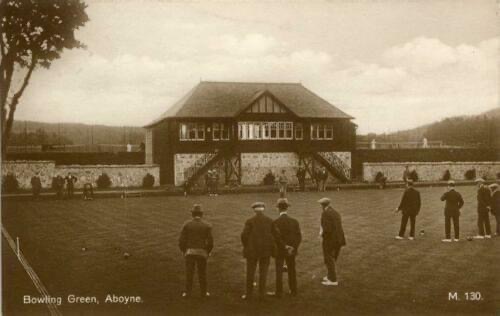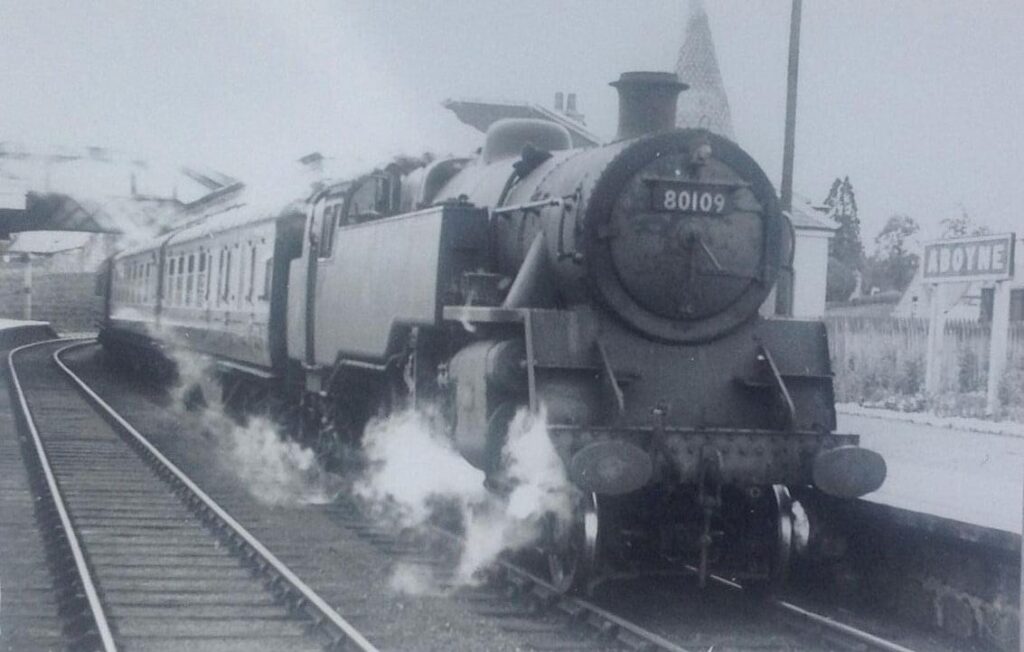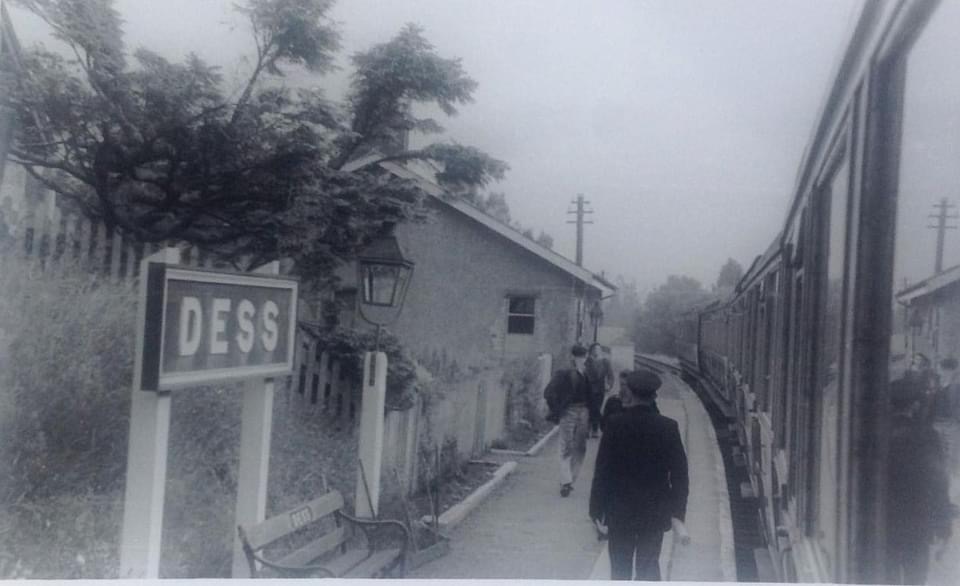Books and Articles
This is not in any sense a bibliography and nor are the publishers’ details or dates provided. The list is far from exhaustive but each item provides information that will both entertain and instruct. A number are readily available; for others a good starting point would be the village Community Library or booksellers in Dinnet and Ballater. If you are aware of other books and articles that we should include, we would of course welcome further information. Please let us know using the Contact Us tab.
1. The Aboyne Heritage Walk
This booklet, produced by the Aboyne and Deeside Heritage Society, is available at many outlets in the village, costs £2 and is full of information and photos, with an illustrated map.
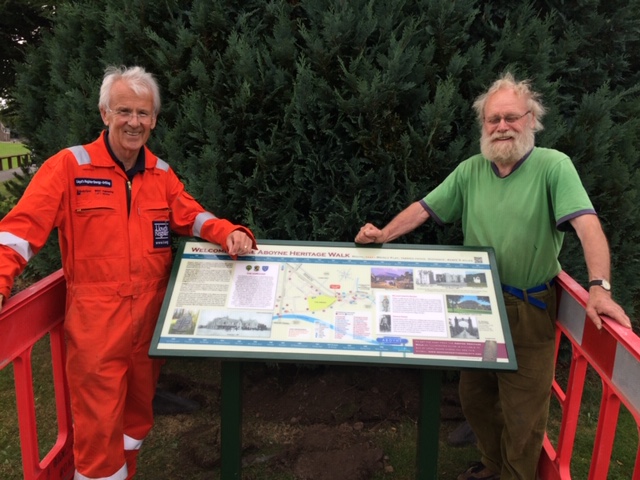


2. A Walk Around Aboyne
Written by Jim Cheyne. a distinguished local pioneer who published and posted information on many aspects of Aboyne.

3. D.Fox (donaldpfox.blogspot.co.uk)
These internet articles are an indispensable source of information about key events in Aboyne’s past and its many characters, including William Cunliffe Brooks, the Sandisons of the Huntly Arms Hotel, the Gordon family and John Davidson.

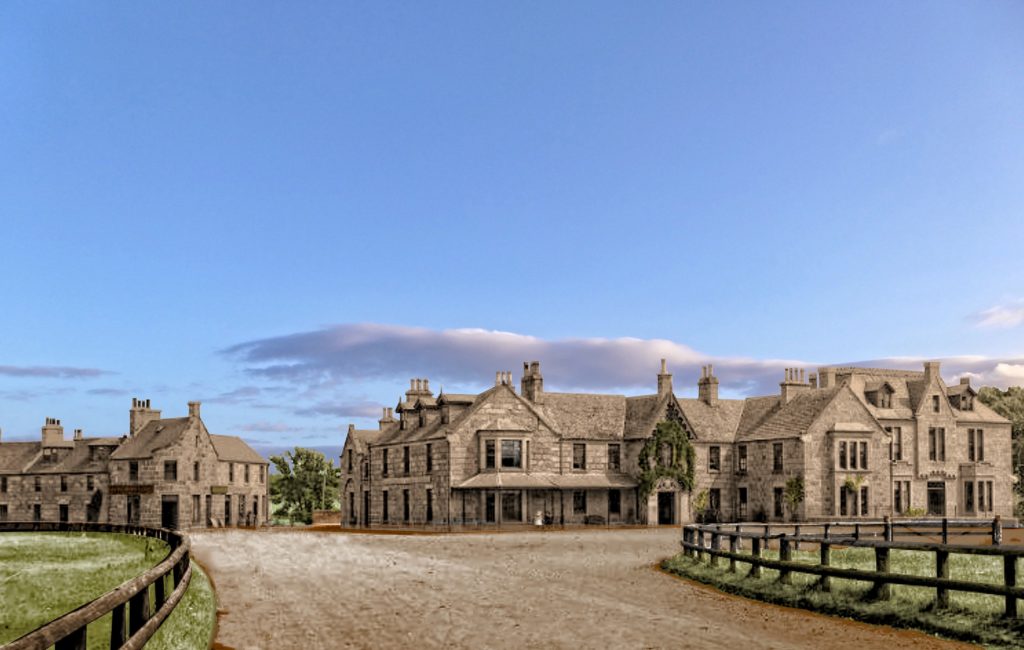

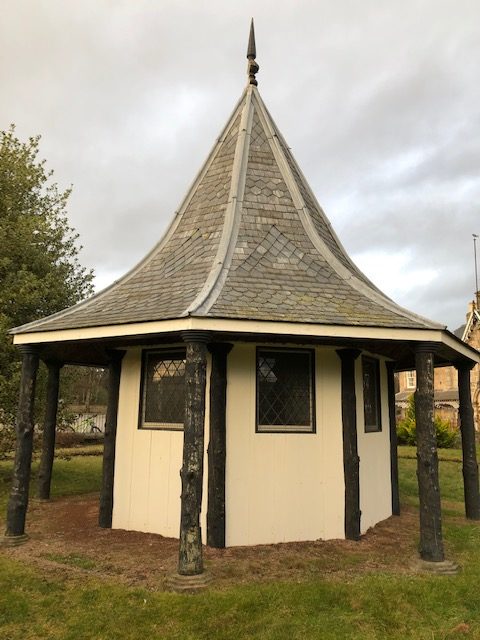
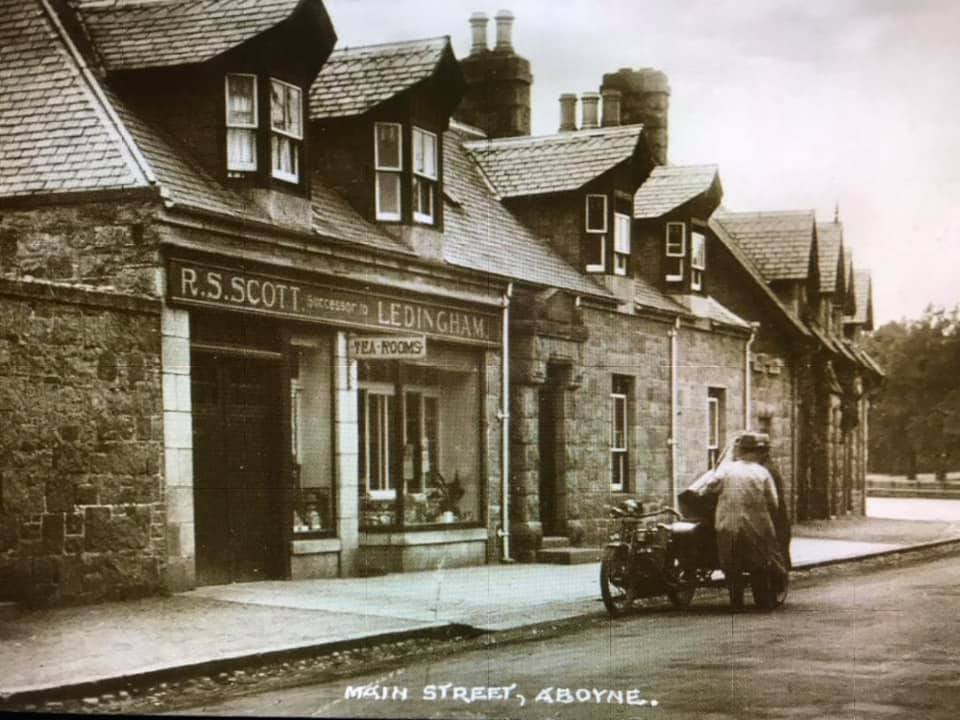

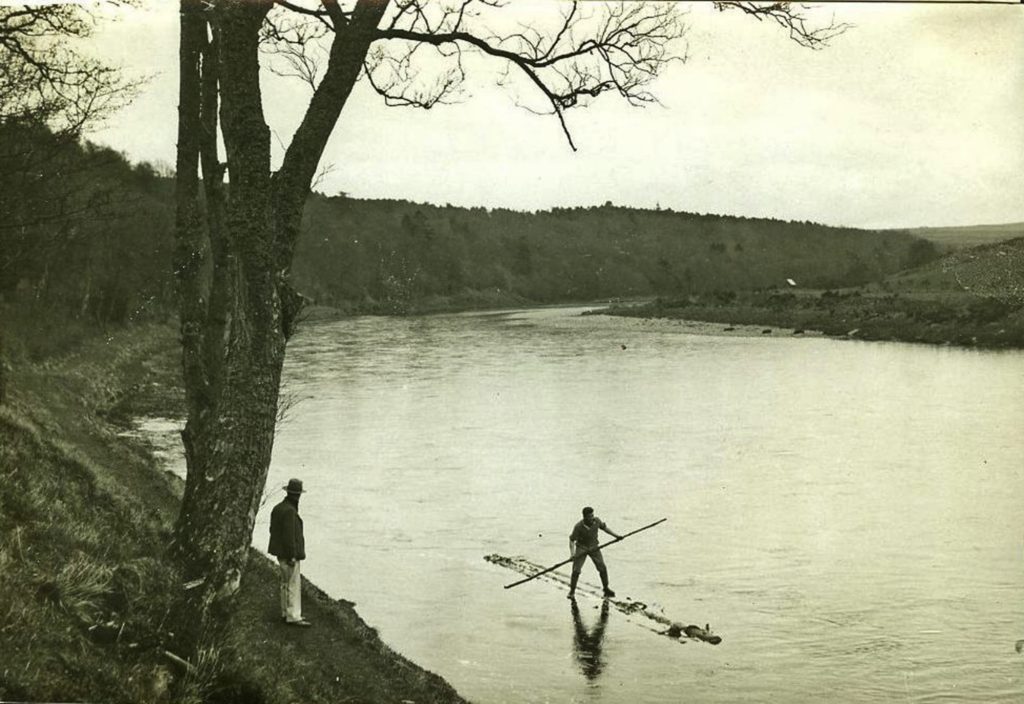

4. Glentanar
Pierre Fouin grew up there and his book is an indispensable guide to the Brooks and Coats families and to changing everyday life in the Glen.
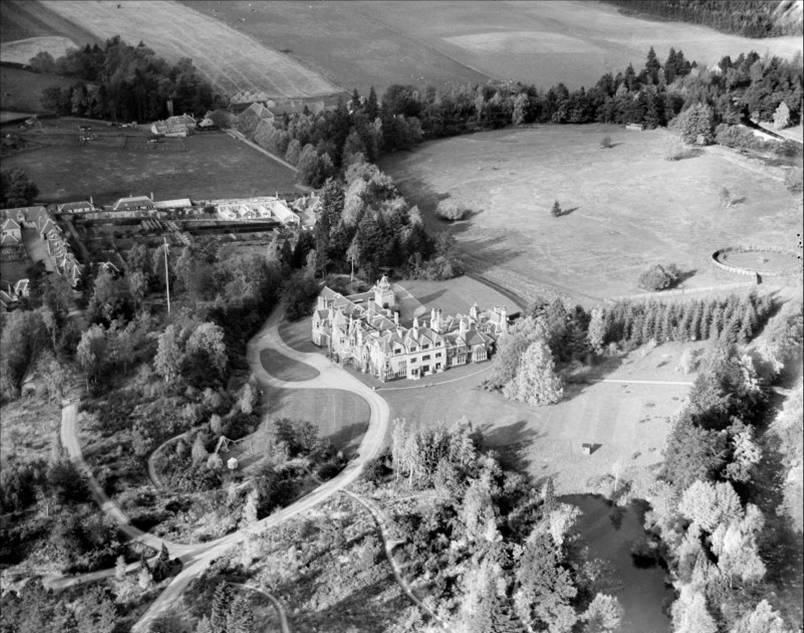
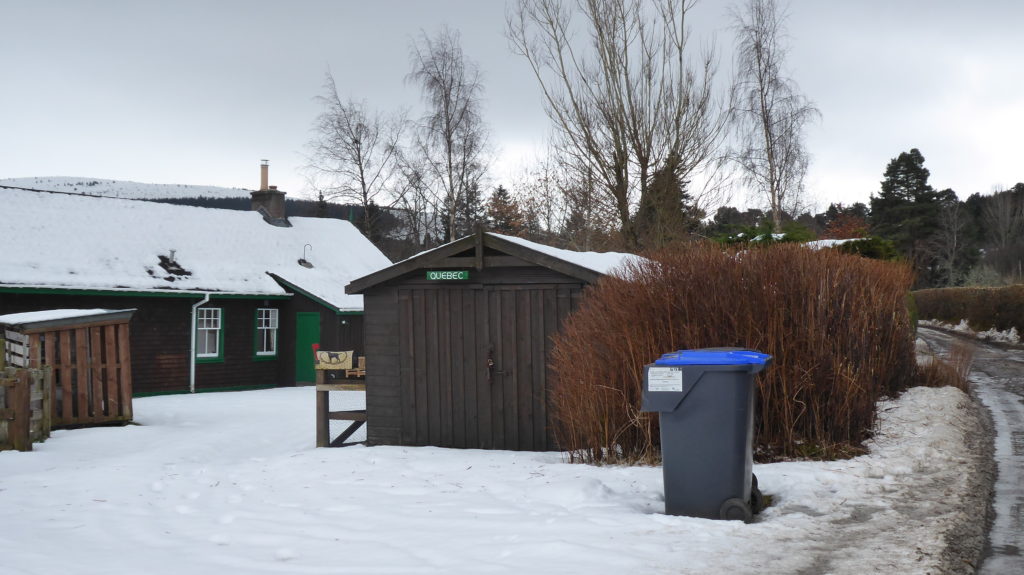
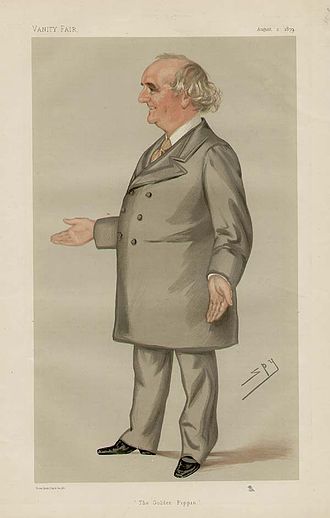
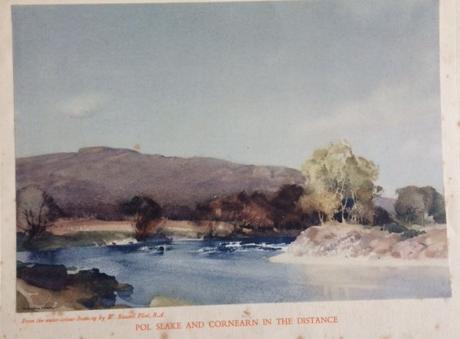
5. Deeside and the Mearns
Edited by Professor Jane Geddes, this illustrates the provenance and significance of Aboyne’s many architectural treasures.


6. Records of Aboyne; Milestones and The Cock 0′ The North
Written by the 11th Marquis, these volumes provide lively and unique insights into his many interests, the historical records and development of our community, and the pivotal role his family played in the village annals.
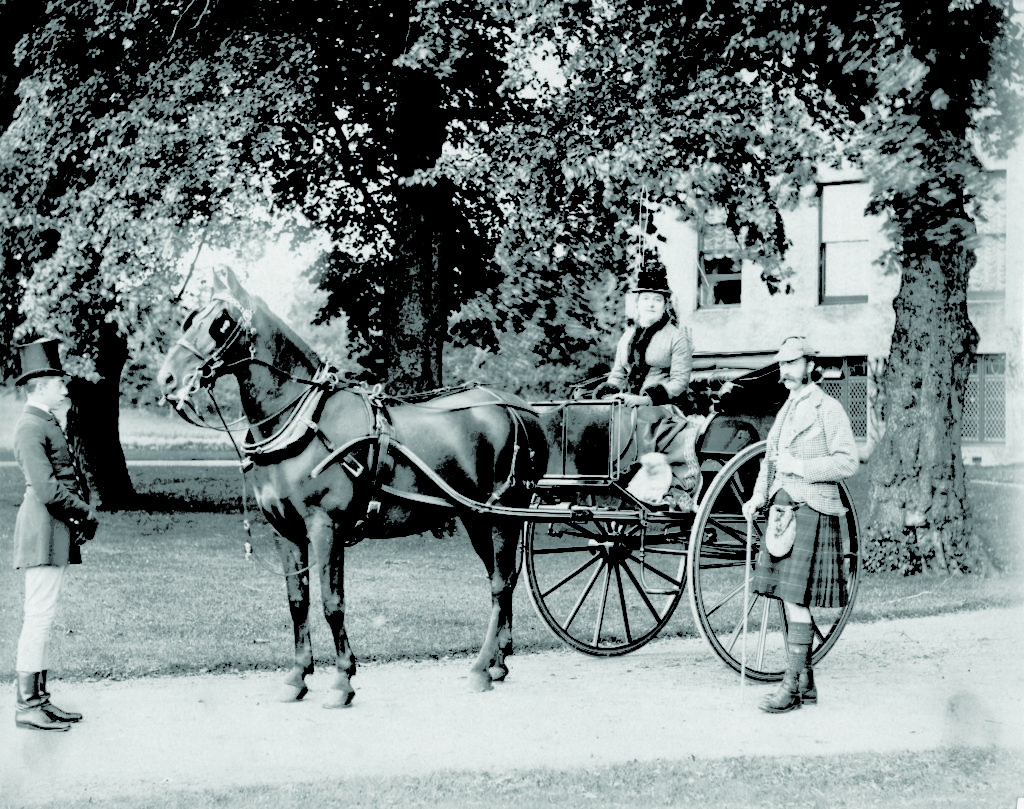
7. St Thomas’ Church
Jane Kruuk’s booklet is a detailed guide to the history and architecture of this beautiful Episcopal church, which was consecrated in 1909 and was the gift of George Coats, who, in 1916, became Lord (Ist Baron) Glentanar.
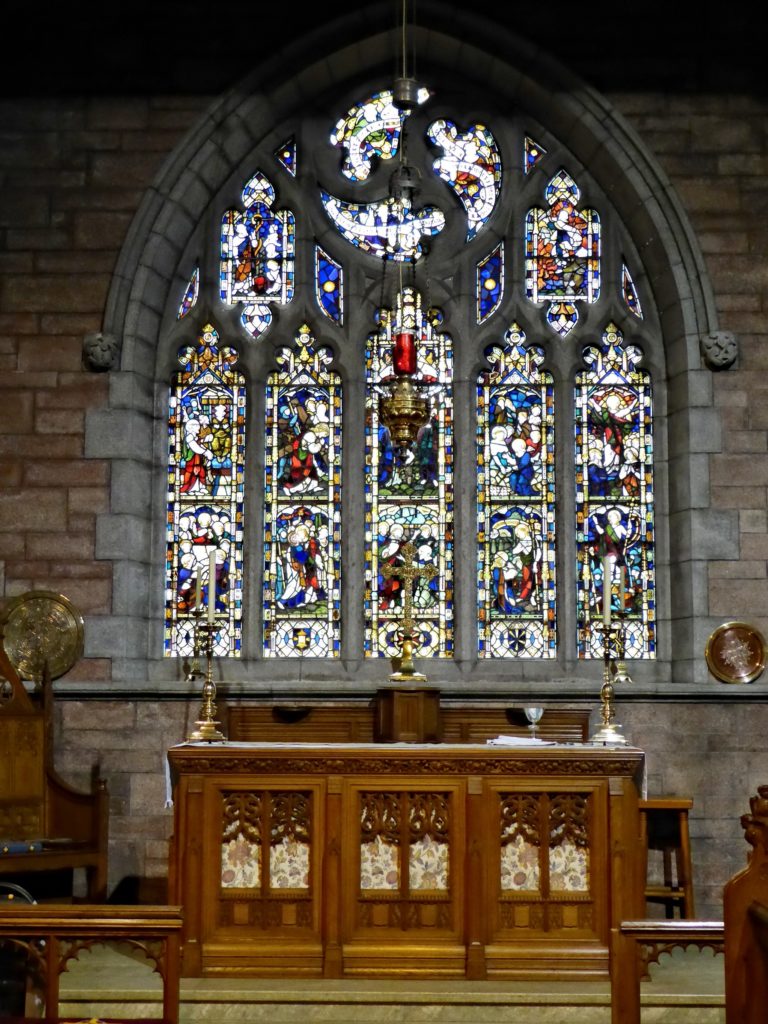
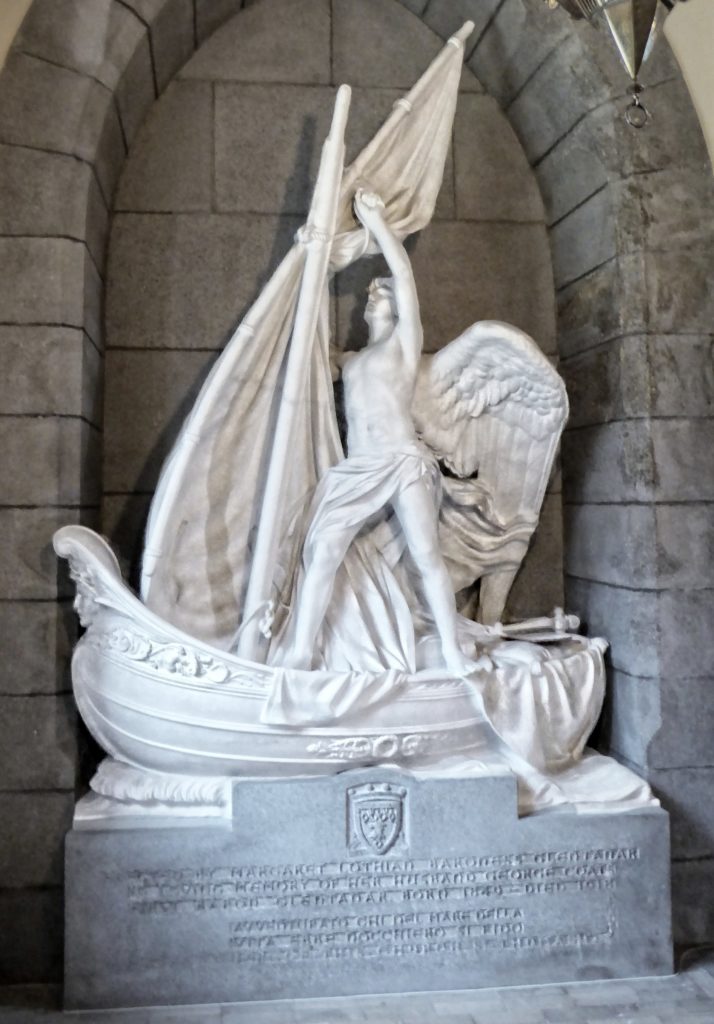
8. The Church at Aboyne
Lewis Lawson’s booklet highlights the history of the village’s Presbyterian Church, which is designed in the Gothic style. The parish church was moved from Formaston to its current location in 1762 and the book has many interesting insights into changing social conditions and attitudes in the village.
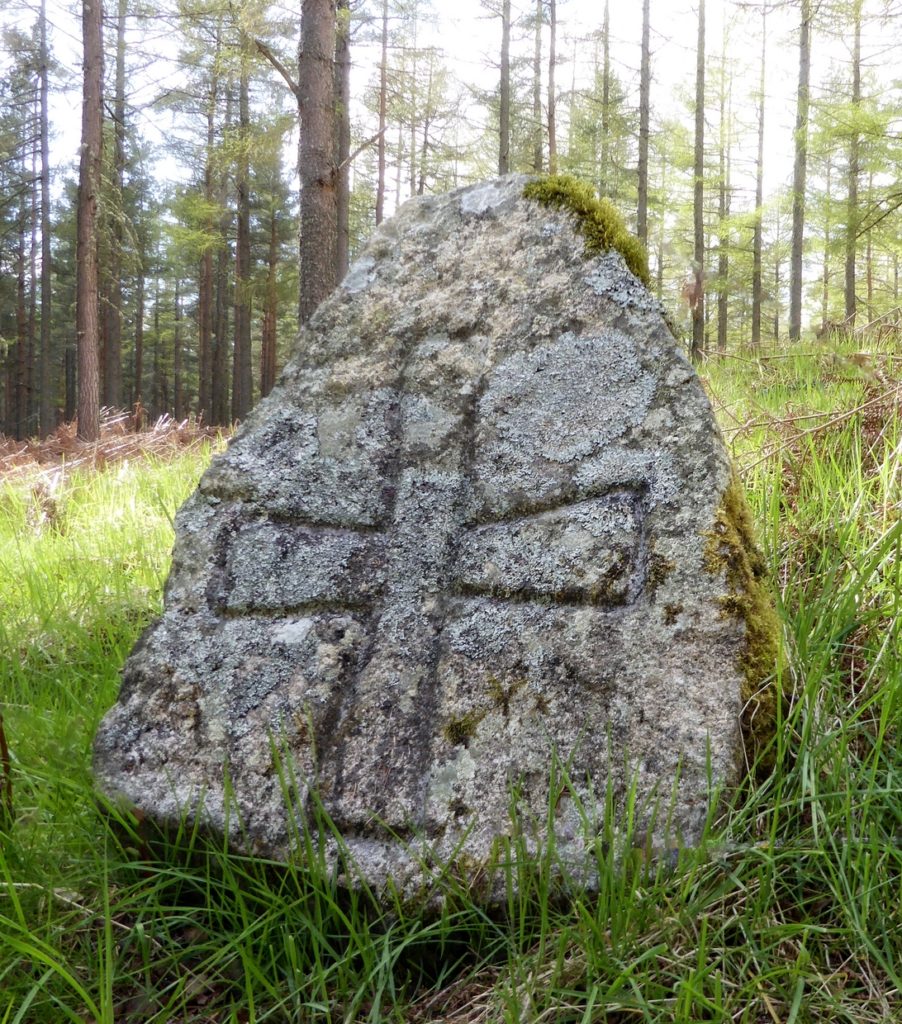
9. History of St Margaret’s Church
This booklet tells the story of the Village’s Roman Catholic Church on Ballater Road(1874), designed by the 11th Marquis’ Clerk of Works Alexander Ogilvie, and the role it played for local and visiting congregations such as the French-Canadian lumberjacks stationed on Deeside during WW2.
10. Lost Deeside
Written by Daniel MacCannell, this is a lively and illuminating guide to the history of the valley and its many different but connected communities.
11. Then and Now on The Great North
Volume 1, by Graham Maxtone and Mike Cooper ( the latter of whom gave an excellent talk to the Heritage Society), was published in 2018 and contains a chapter on the Deeside line with excellent photographs and text.
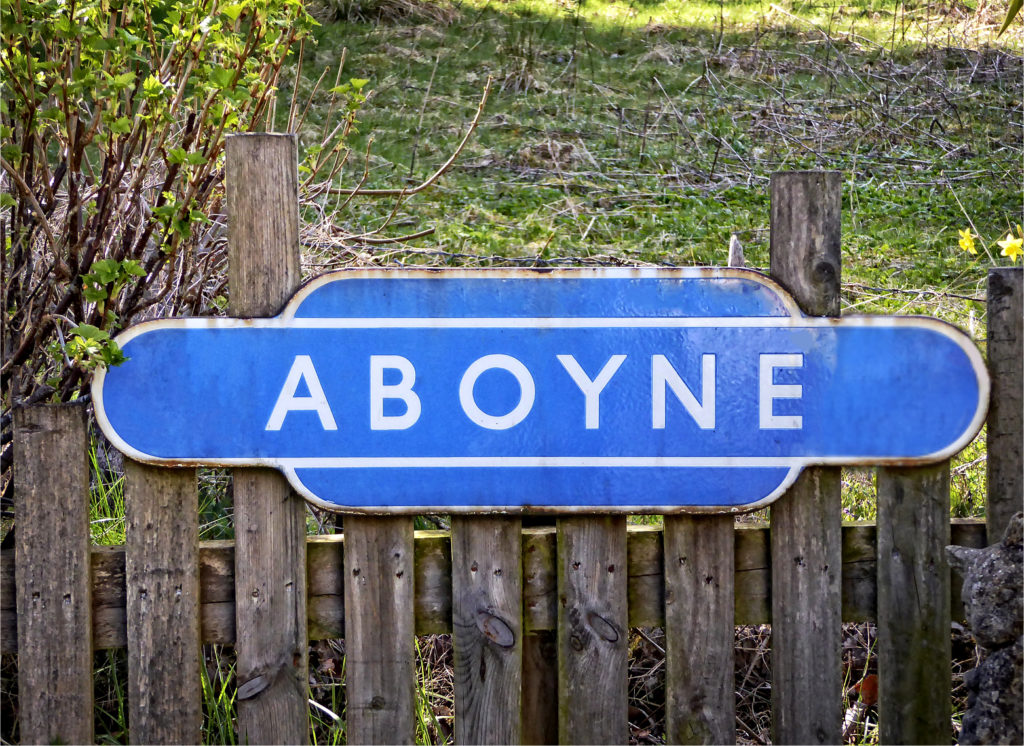
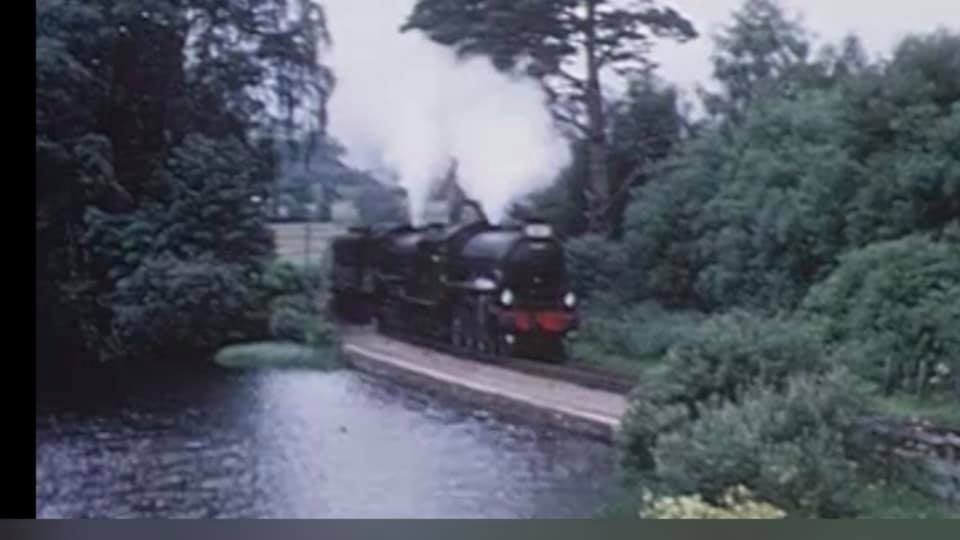



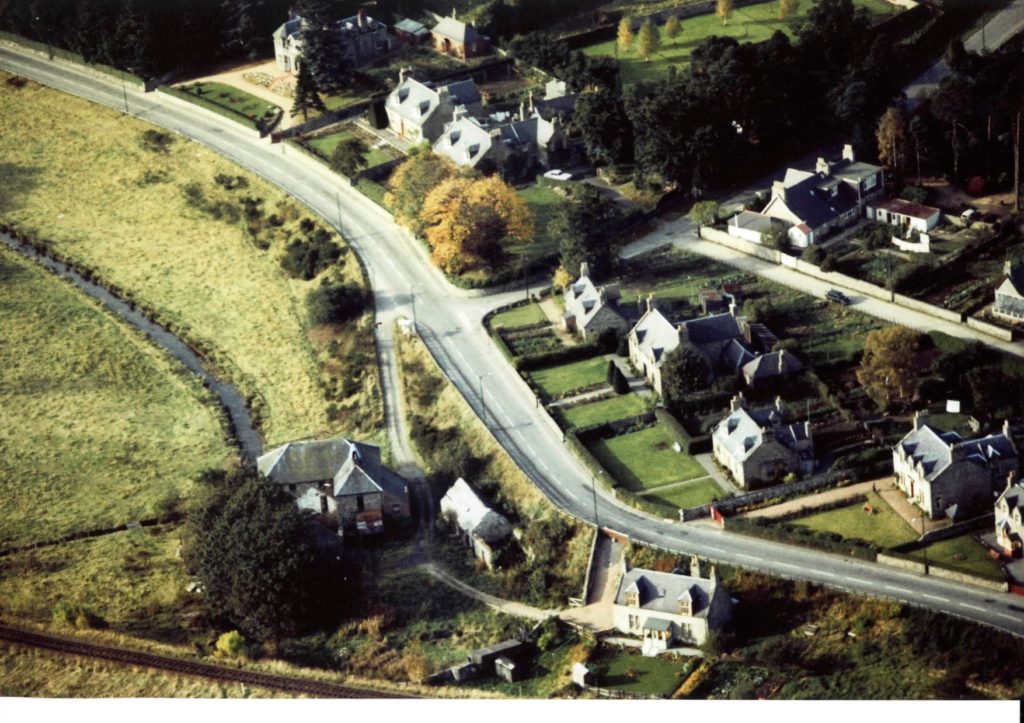
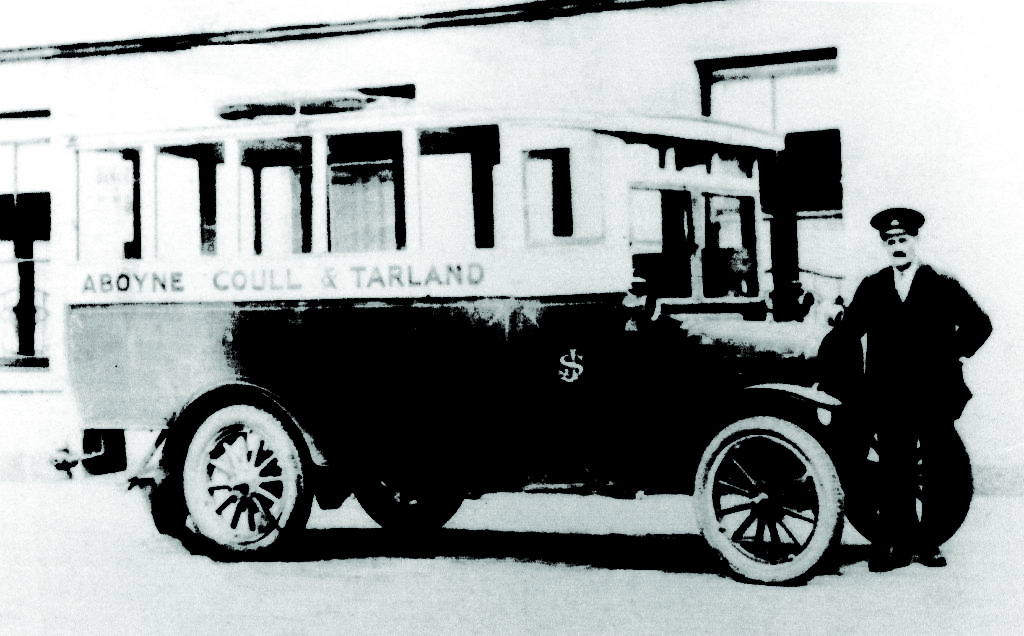
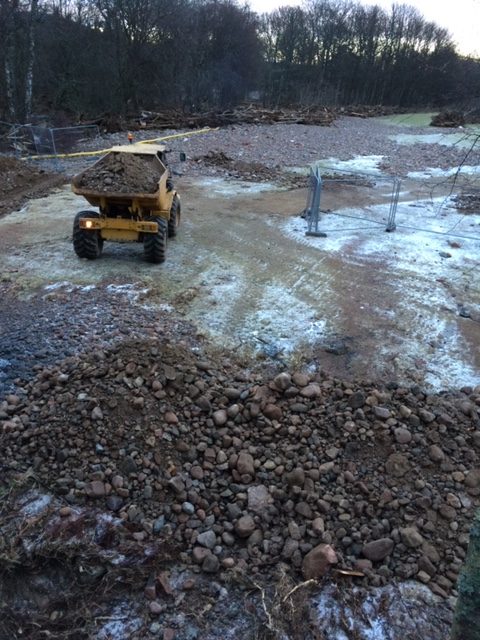


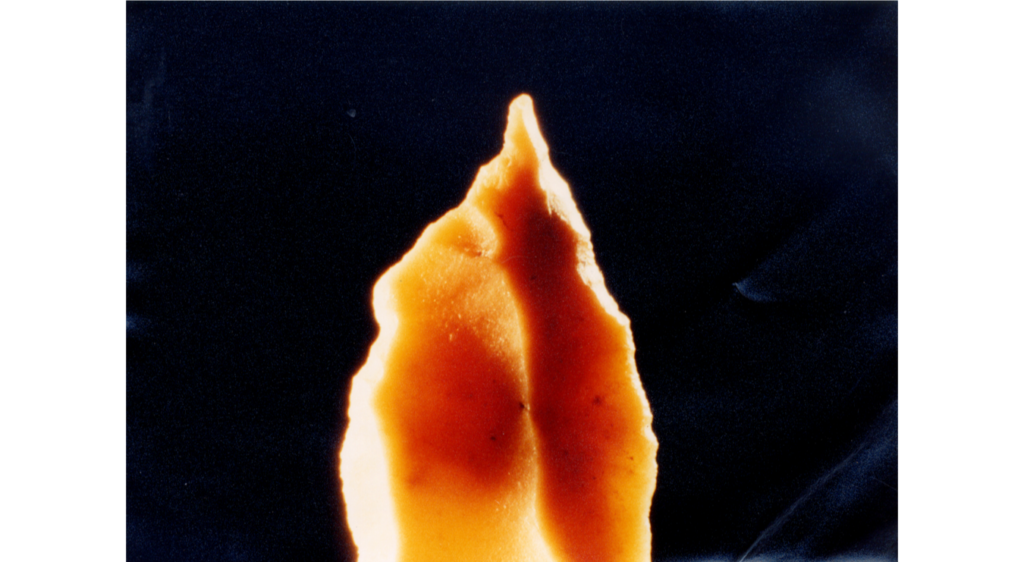
The 4 musketeers at Aboyne Academy
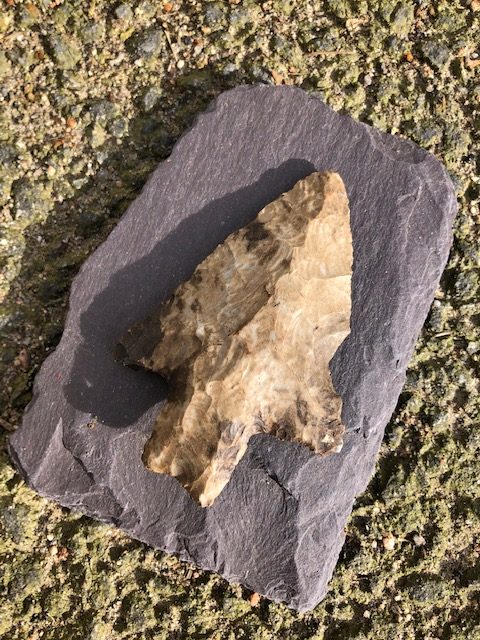
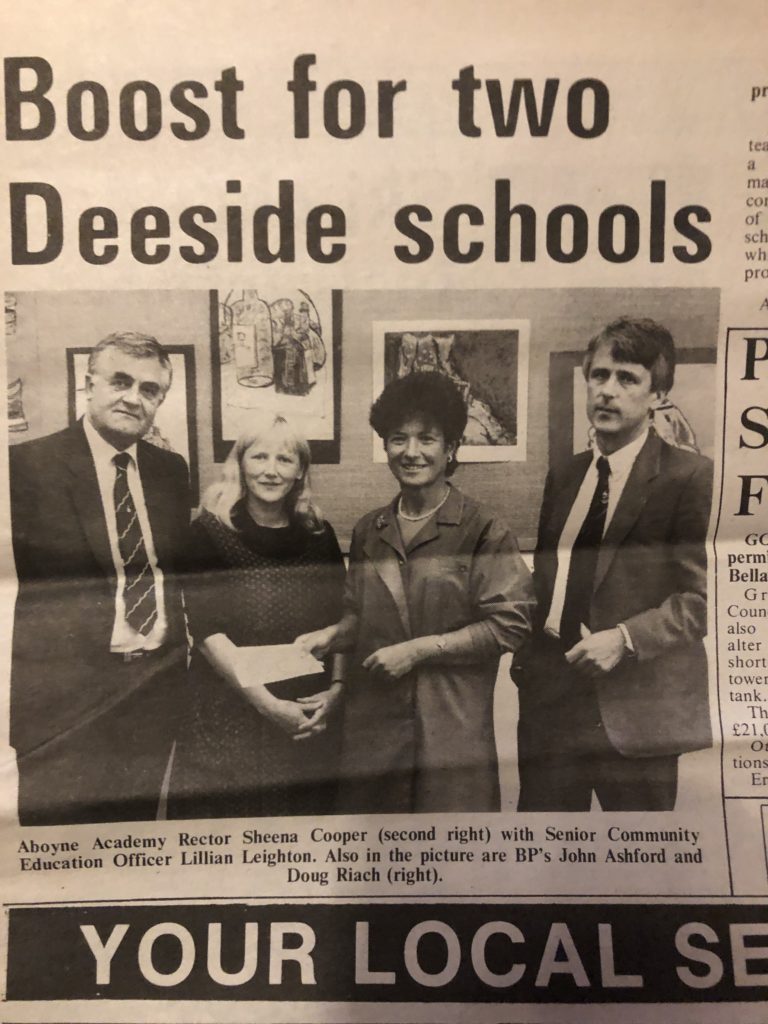
This is not the Aboyne Probus Cycling group, despite initial appearances! It is John Milne, father of Robert Milne the renowned photographer of the Royal Family. (Photo taken by Robert).
12. Lordship and Power in the North of Scotland
Barry Robertson’s book is the outstanding study ot the ‘Noble House of Huntly’ in the crucial and complex 17th Century, with key insights into regional and national developments which were influenced by, and in turn shaped, the Gordon family.

13. Aboyne – a Social Miscellany
This will be the site of miscellaneous images relating to the community of Aboyne and Deeside from pre-history to the present day.

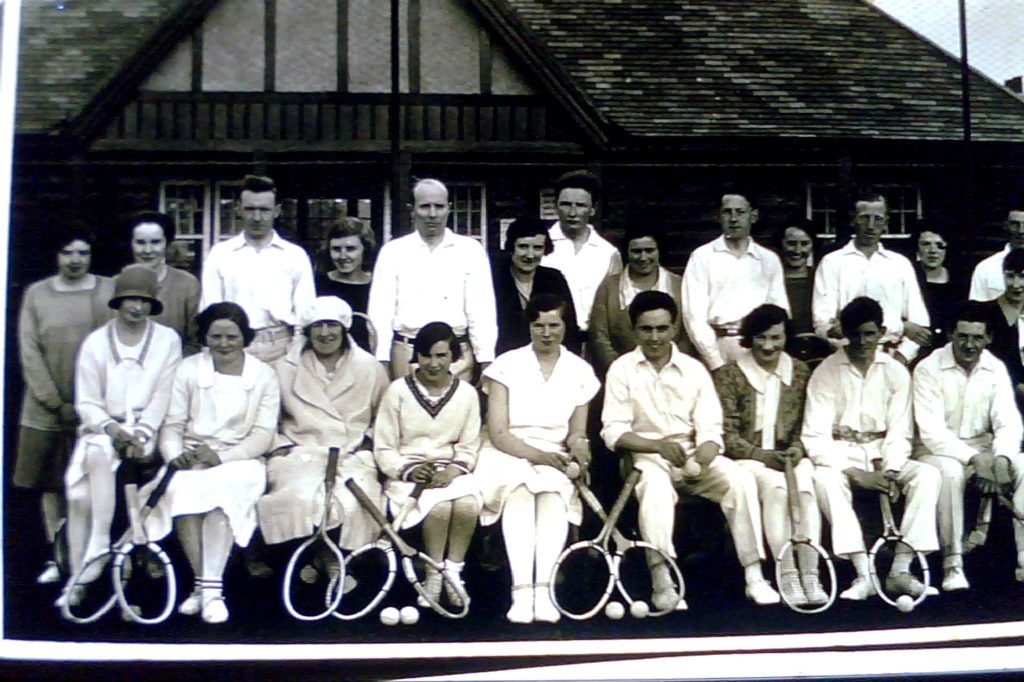

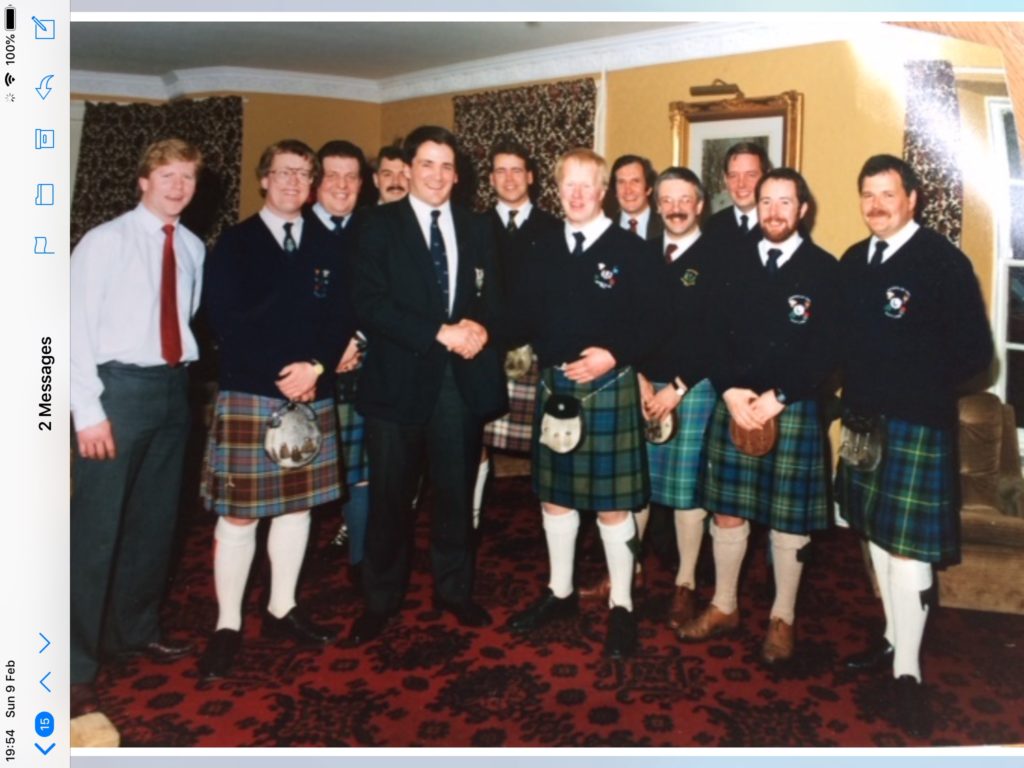
( from Glenbuchat) shakes hands with the Aboyne Captain: does the latter remind you of anyone?
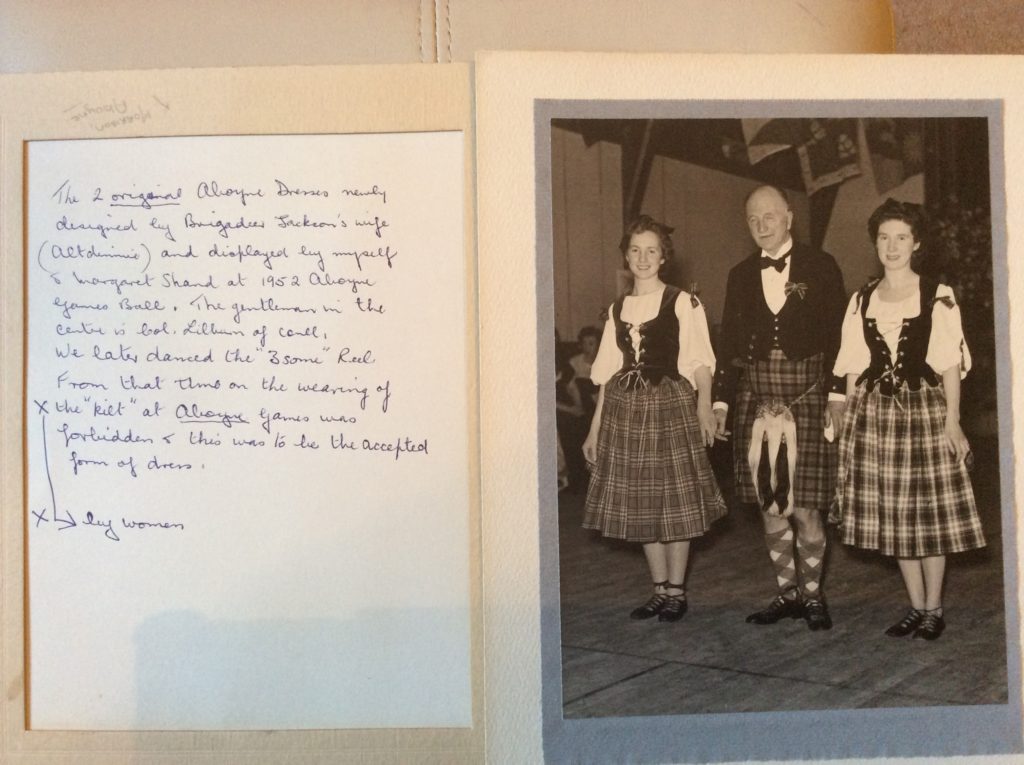



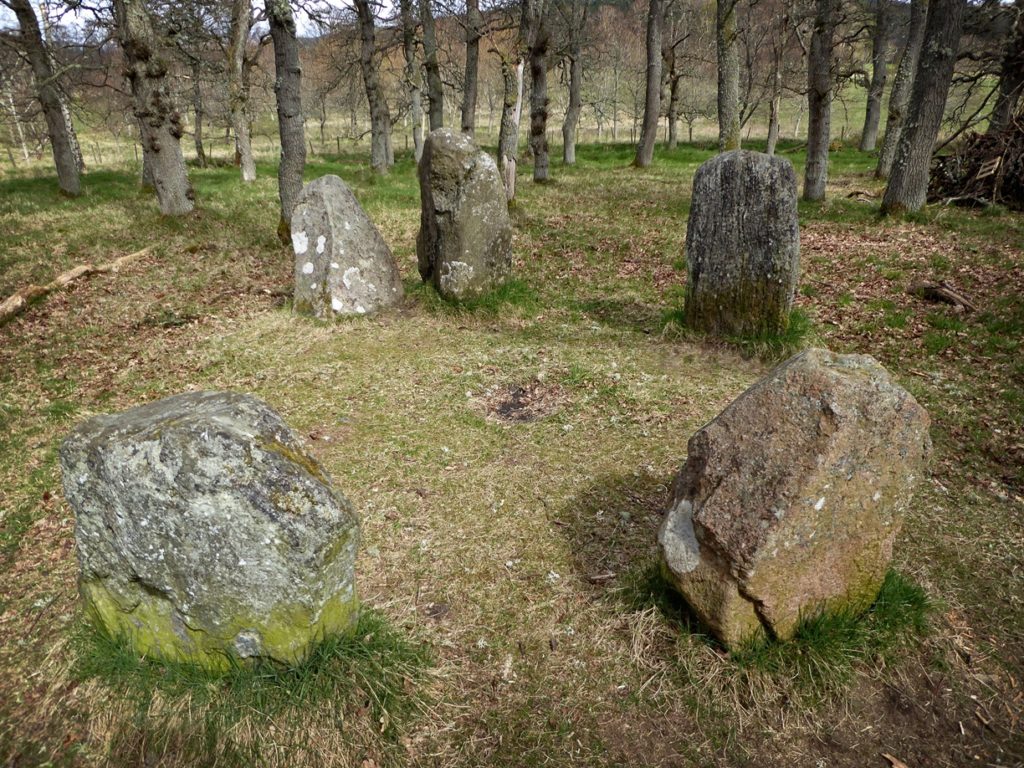
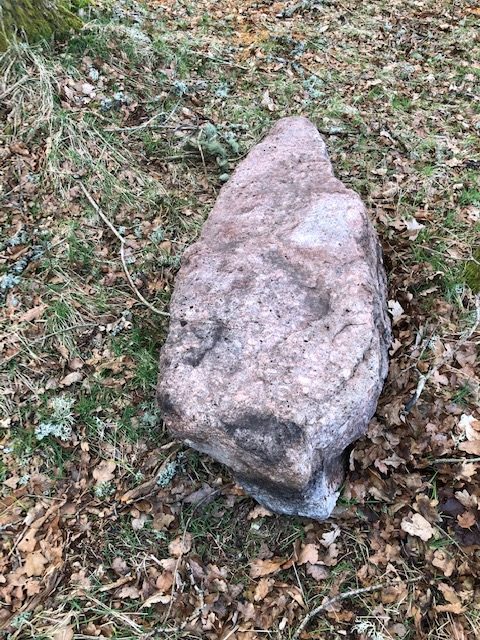
14. Fenton Wyness, Royal Valley. The Aberdeenshire Dee
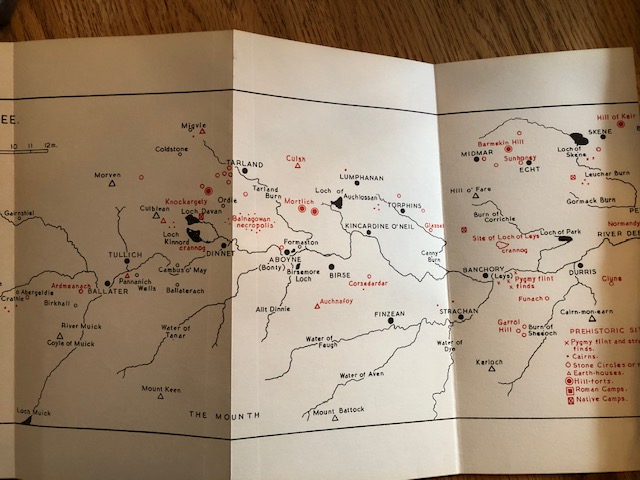
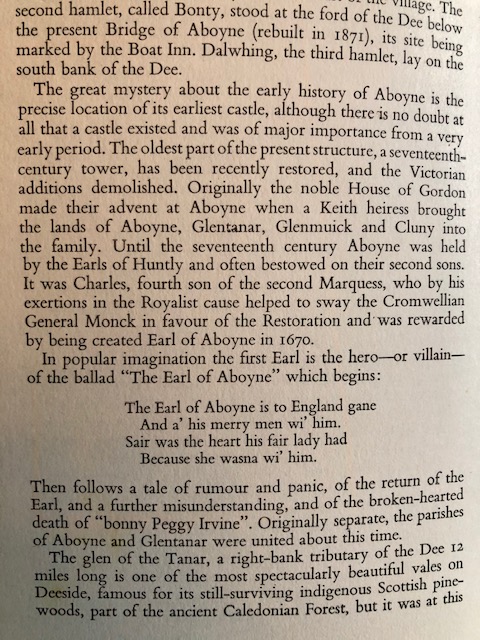
15. William C. Wonders: The Sawdust Fusiliers
This book tells the fascinating story of the many Canadian loggers who came to Aboyne , and other areas of Scotland, during World War 2 , making big contributions both to the War effort and the local community, which welcomed them warmly.



